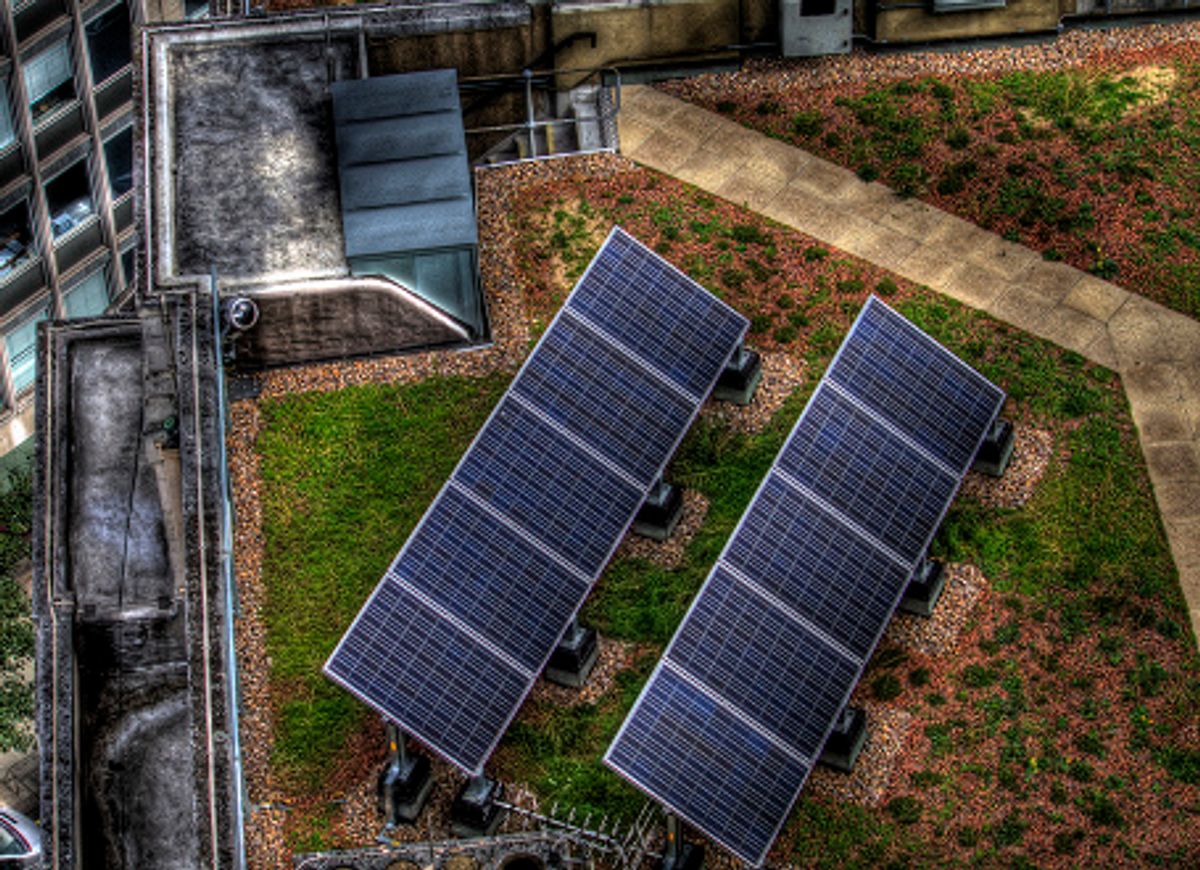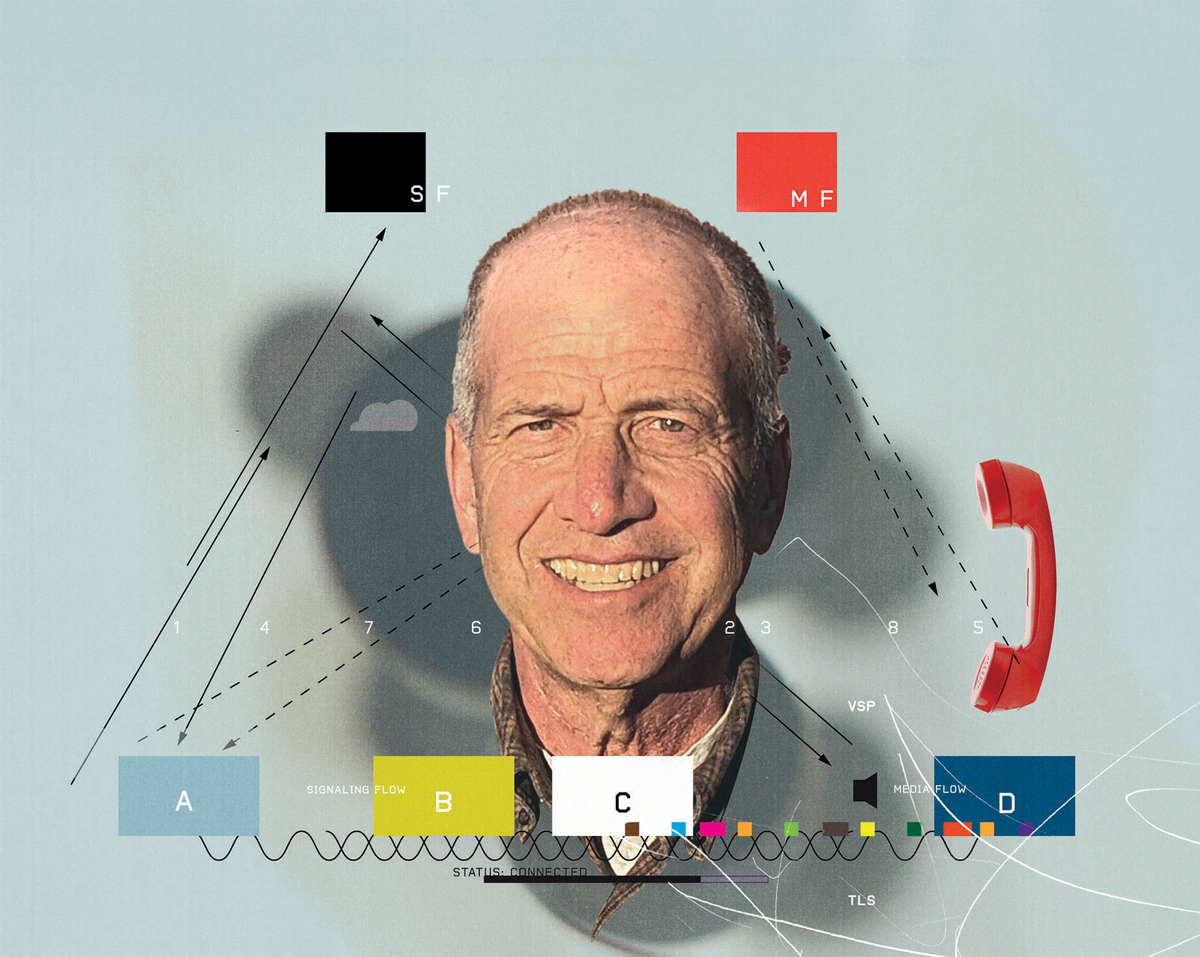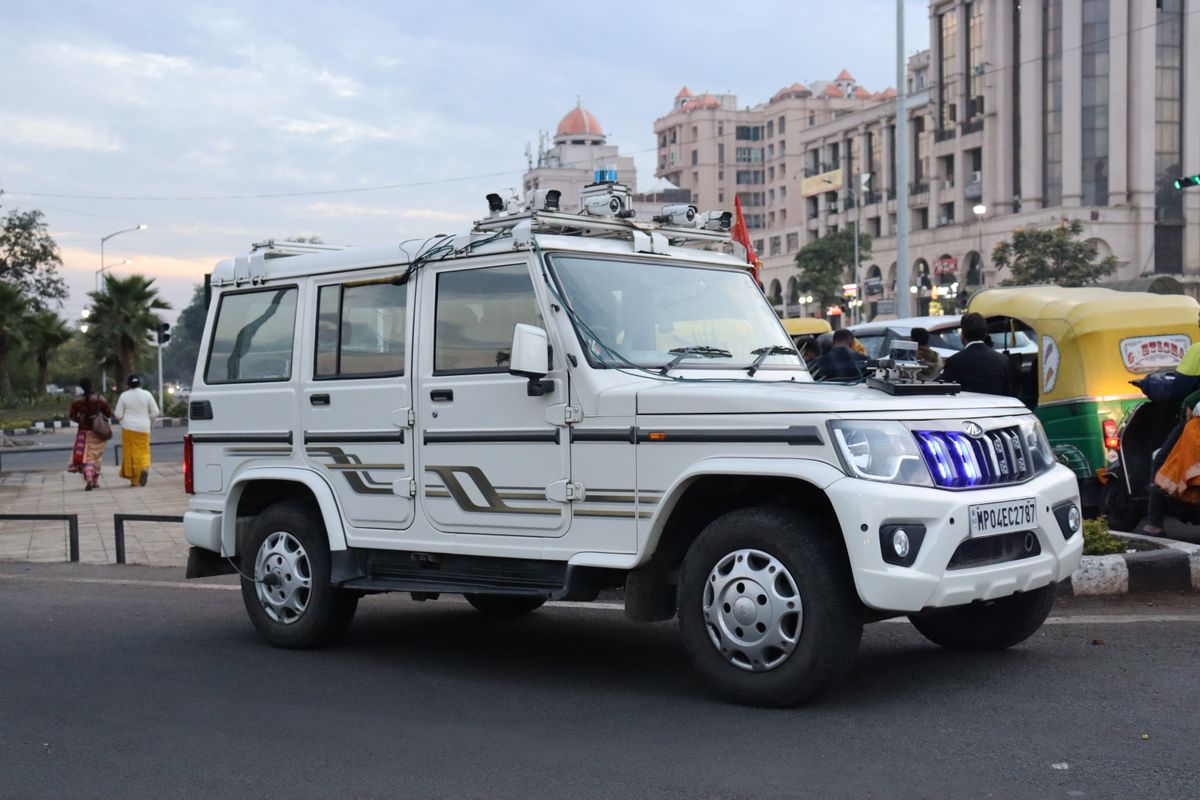Research published recently in Solar Energy suggests that daytime ceiling temperatures under rooftop solar photovoltaic systems are lower than under exposed rooftops. In the buildings the researchers studied in San Diego, it was 2.5 degrees K cooler (about 4.5 degrees F). At night, this situation was reversed, with ceiling temperatures under the solar panels registering higher than under exposed rooftop, which the authors said suggests "insulating properties" of PV systems.
Though the study's measurements occurred over a few days in April, modeling suggested that the overall reduction in cooling load would be 38 percent. In the winter, there would be no advantage or disadvantage to the panels in terms of heating load.
This seems to be one of the rare occasions where ancillary effects of a positive technology are also positive. We install solar panels on rooftops to help lessen carbon emissions, and it appears that we actually reduce energy needs at the same time.
And if we start combining some of this knowledge, there is some amazing potential here. The white roof idea that Secretary Chu espouses would, in ideal circumstances, save enough energy to equal taking the world's cars off the roads for 18 years. Then, consider some recent work in New York: about two-thirds of city rooftops could accommodate solar panels, with potential to generate an incredible 5,847 MW of power. If you mix in the cooling potential given New York's well-known heat island effect, and rooftop solar starts to look better and better.
(Image via murphyz)
Dave Levitan is the science writer for FactCheck.org, where he investigates the false and misleading claims about science that U.S. politicians occasionally make.




